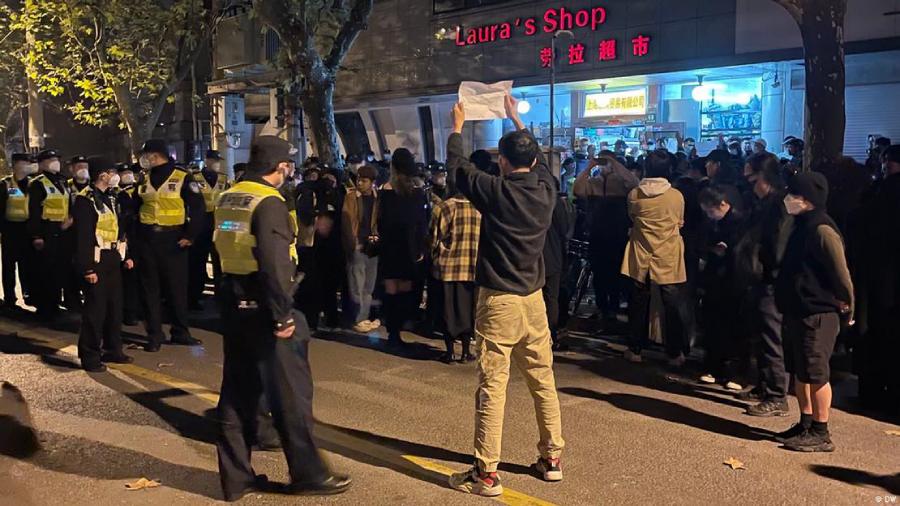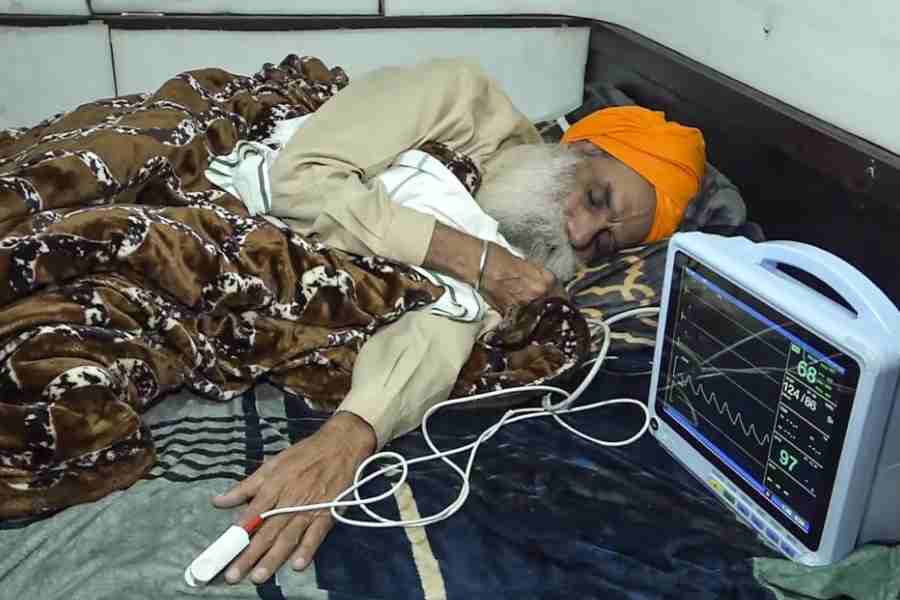Did the anti-lockdown protests in China which were telecast across the world take place at all? If you depend solely on the Chinese State-run media for news, the answer is no. According to them, students were being sent home from Tsinghua University not because they had protested in large numbers but only to avoid the Covid-19 outbreak in the capital. Further, Covid restrictions were suddenly being eased across metros only because of the new ‘scientific’ Covid containment programme unveiled in early November. “‘People First’ Is Not ‘Anti-Epidemic Measures’ First”, claimed the title of a long article in the Zhejiang Daily, which blamed local authorities for “abusing their power and... making things difficult for the people... even disregarding (their) lives and safety…” Without mentioning the protests, the article said: “The ensuing sense of helplessness and tiredness and anger are all understandable.”
If there’s one thing official media in China never do, it is to run their country down, especially in comparison to the West. But in its eagerness to explain to angry readers China’s reluctance to open up, Zhejiang Daily pointed out that China’s ratio of ICU beds to population was far lower than that of the United States of America. The article even went so far as to show that the Asian superpower lagged behind its neighbours, Japan and South Korea, when it came to hospital beds. Finally came the clincher: the value given to elders in China. The elderly were the most vulnerable to Covid, and it would be unacceptable to risk losing them in large numbers as Singapore and the US had, the article said.
Rebellious flock
The article has been so well-received that it makes one wonder why the reasons for the strict lockdown measures weren’t explained all this time? Was it assumed that people would meekly accept the harsh conditions because the Leader knew best? Or if they protested, the protests would be few and far between? Instead, so intent were the Chinese authorities on keeping their flock in place, that while telecasting the Fifa World Cup, the only close-ups shown were of players. The thousands of maskless spectators in the packed stands were shown only through long shots.
Even today, alongside the desperation to placate the angry public are the equally desperate attempts to censor all mention of the way they expressed their anger. Responding to the Western media’s indignation at the detention of a BBC reporter in Shanghai during the protests, the ultra nationalist Global Times wrote that he was arrested because he refused to show his press ID while filming a “gathering”.
The Urumqi building fire on November 24 — in which 10 persons died according to official statistics and which sparked off the protests — was only the worst in a number of tragedies caused by rigid lockdown rules in the last few months. A 14-year-old died in a quarantine centre without medical help; 27 persons died when a bus ferrying them to a distant quarantine centre overturned; a toddler died of monoxide fumes because his father had to fight with security for an hour before he could leave his Covid-affected building to take him to the hospital; even an earthquake in Chengdu wasn’t considered reason enough to allow residents to rush out of a locked down building.
But now there’s no going back to that kind of obedience. The protests inspired a forum of financial journalists to bring out a booklet titled “How to use legal weapons to put an end to illegal lockdowns”. Readers were told to ask for written orders from government authorities whenever neighbourhood committees tried to seal buildings, and phone numbers of government helplines were given. Citizens will no longer be sheep.










